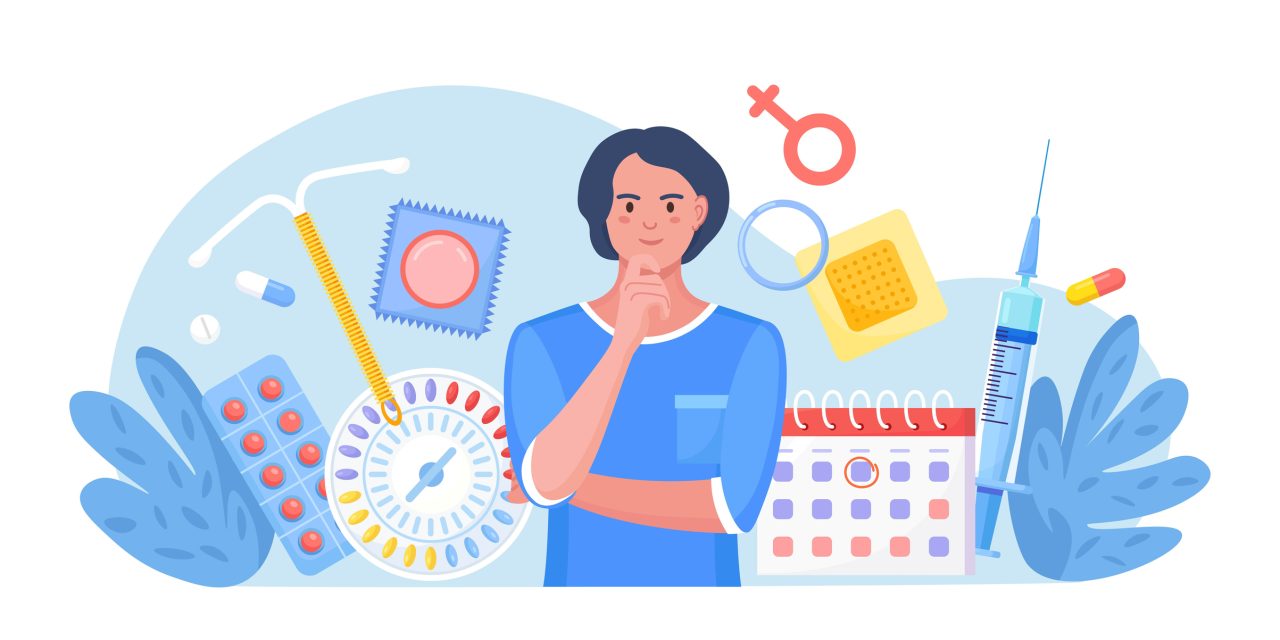Lower urinary tract symptoms (LUTS) are one of the most commonly described urination disorders worldwide. Previous investigations have focused predominantly on the prospective identification of cases that meet the researchers’ criteria; thus, the genuine demands regarding LUTS from patients and related issues may be neglected.
We aimed to examine web-based search trends and behaviors related to LUTS on a national and regional scale by using the dominant, major search engine in mainland China.
Baidu Index was queried by using LUTS-related terms for the period of January 2011 to September 2020. The search volume for each term was recorded to analyze search trends and demographic distributions. For user interest, user demand graph data and trend data were collected and analyzed.
Of the 13 LUTS domains, 11 domains are available in the Baidu Index database. The Baidu search index for each LUTS domain varied from 37.78% to 1.47%. The search trends for urinary frequency (2011-2018: annual percent change APC=7.82%; P<.001), incomplete emptying (2011-2014: APC=17.74%; P<.001), nocturia (2011-2018: APC=11.54%; P<.001), dysuria (2017-2020: APC=20.77%; P<.001), and incontinence (2011-2016: APC=13.39%; P<.001) exhibited fluctuations over time. The search index trends for weak stream (2011-2017: APC=-4.68%; P<.001; 2017-2020: APC=9.32%; P=.23), split stream (2011-2013: APC=9.50%; P=.44; 2013-2020: APC=2.05%; P=.71), urgency (2011-2018: APC=-2.63%; P=.03; 2018-2020: APC=8.58%; P=.19), and nocturnal enuresis (2011-2018: APC=-3.20%; P=.001; 2018-2020: APC=-4.21%; P=.04) remained relatively stable and consistent. The age distribution of the population for all LUTS-related inquiries showed that individuals aged 20 to 40 years made 73.86% (49,218,123/66,635,247) of the total search inquiries. Further, individuals aged 40 to 49 years made 12.29% (8,193,922/66,635,247) of the total search inquiries for all LUTS-related terms. People from the east part of China made 67.79% (45,172,031/66,635,247) of the total search queries. Additionally, most of the searches for LUTS-related terms were related to those for urinary diseases to varying degrees.
Web-based interest in LUTS-related terms fluctuated wildly and was reflected timely by Baidu Index in mainland China. The web-based search popularity of each LUTS-related term varied significantly and differed based on personal interests, the population’s concerns, regional variations, and gender. These data can be used by care providers to track the prevalence of LUTS and the population’s interests, guide the establishment of disease-specific health care policies, and optimize physician-patient health care sessions.
©Shanzun Wei, Ming Ma, Changjing Wu, Botao Yu, Lisha Jiang, Xi Wen, Fudong Fu, Ming Shi. Originally published in the Journal of Medical Internet Research (https://www.jmir.org), 06.07.2021.
Using Search Trends to Analyze Web-Based Interest in Lower Urinary Tract Symptoms-Related Inquiries, Diagnoses, and Treatments in Mainland China: Infodemiology Study of Baidu Index Data.


